Will Growth Kill Portland?
Tuesday, March 24, 2015
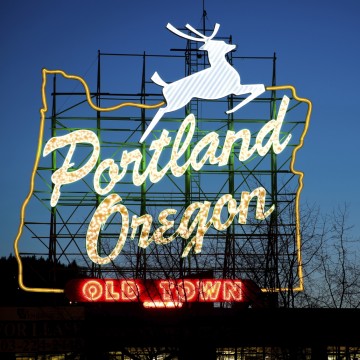
While growth creates jobs and prosperity for some, others will undoubtedly get left behind. And Portland’s rapid expansion could make it the urban center it fought hard to separate itself from.
With a population of 601,510 people, around 9,400 persons moved to the city between 2013 and 2014, more than double the number in the previous year. In five years, Portland’s population would reach between 630,000 and 650,000, according to statistics provided by the Population Research Center at Portland State University (PSU).
A strengthening economy could be a reason. But young people keep moving here, with or without a job.
Aaron Benson, 24, is a motorbike mechanic from Austin, Texas. He moved to Portland last August. “I wanted to live somewhere that would be close to mountains and adventure, but would still be just as cool and weird as where I grew up,” says Benson.
For a lot of young people, Portland is home because they like it, not because it’s prosperous. “I didn’t have any kind of job set up,” continues Benson. “I have a pretty varied skill set, so I was just going to wing it and keep my dreams in mind.”
Another young import is musician Nas Konja, 30, who relocated to Portland from San Diego this past February. He chose the city for its culture. “You can find anything here, no matter what genre of music or type of art you are into,” he says.
While it’s true that retirees do move to Portland, the flock of young adults has helped keep the median age at a steady 35. But that’s not to say it won’t get older.
“Although Portland’s population is younger than the state as a whole,” says Risa Proehl at the Population Research Center, “the population is slightly aging, mostly because baby boomers are aging and fertility rates are declining.”
7000 New Housing Units
In recent years, three-quarters or more of all new housing constructed in Portland are apartments and condos to accommodate single people, or those with few to no children.
Around 4,000 apartment units are currently under construction in the city, and in the metro area that number is closer to 7,000.
The mayor’s office predicts rent prices to slow down, after new units are completed.
But at the moment, it doesn’t look good. A one-bedroom apartment in Portland rents for $1,146 a month. Five years ago, that price was at $808.
For Eric Tillman, a 10-year resident of Portland, his time in the city might be over soon. “My roommate and I were paying $725 in rent when we moved in,” says Tillman, 38, who lives one block from SE Burnside and works downtown at a hotel chain.
“It’s going to be $1,050, come June. It’s ridiculous. All the sh** they’re putting up here is raising the property value,” continues Tillman. “The people that could afford to live here three years ago can’t live here anymore.”
The buyer’s market is also grim, with fewer houses at higher costs. Over the last five years, sales prices of houses have appreciated almost 20 percent.
Lenore LaTour, a broker at Windemere Real Estate, says she sees more buyers and renters now than ever. “The inventory of homes for sale seems to be at an all time low. There are more buyers than houses, especially those priced under $500,000.”
A Dozen Cranes Over The City
The topic of growth is a long-standing issue for Portland, particularly because of the urban growth boundary, which stops sprawl. The result is a constant pressure on the inner city to grow.
“There’s always been this issue that, right now, Portland is changing. But that’s been true since the 1970’s,” says Dana Haynes, communications director at the mayor’s office.
During the 2008 recession, the City’s development projects halted, which has attributed to today’s shortage of housing. Haynes sees current growth as a symptom of post-recession. In other words, Portland is playing catch-up.
“When Charlie Hales was running for Mayor in 2012, he liked to say there were exactly two boom cranes over the city, and both were for public works projects,” says Haynes. “Today, there are a dozen cranes over the city.”

If the City can’t build outwards, what about up? It tried that, and already residents and businesses in the west quadrant have voiced concerns over taller buildings. “That argument of up or outward will continue for the rest of the year,” says Haynes.
“But almost nobody believes we can make big changes to existing neighborhoods and make a vast increase in the number of housing units,” he continues. “That’s not where the big growth is going to be.”
The growth of new affordable housing will be near mass transit corridors. And in established neighborhoods, the City will have to first create market incentive to attractive the Portland Housing Bureau, the county commissions, and the private sector.
They already did it in North and Northeast Portland, when the City upped the funding for affordable housing to 36 million dollars to drive incentive.
Yet City Commissioner Steve Novick has expressed his opinion that urban renewal projects have not done enough to remedy racial and geographic disparities in Portland.
“Novick is very interested in getting more tools that the city can use,” says Bryan Hockaday, at the office of Commissioner Novick. “Inclusionary zoning is a legislative priority for the council,” which means ensuring that affordable housing units must to be built along with market rate housing.
And while the question of Portland’s growth is at the heart of most discussions regarding gentrification and affordable housing, Hockaday says there’s no silver bullet answer.
Keep Portland Interesting
Jim Tumblin is well into his 70’s. He owns houses in Italy and Hawaii, but still calls Portland home. Yet he’s never understood his city’s self-branding, which he feels residents might need to let go of.
“Folks here seem to take pride in being “weird”, whatever that means,” says Tumblin. “My opinion is that they should temper their “weirdness” with attempts at being interesting as well.”
Or what about interested? The City’s Comprehensive Plan starts in spring, and the mayor’s office is asking residents for their input to help shape the development of their city. Or perhaps protest against it.

Related Slideshow: 15 Portland Area Neighborhoods With Fastest Growing Poverty
A report from the City Observatory revealed the increasing poverty rates in the Portland metro-area for census tracks. Find which areas saw the highest increases in poverty.

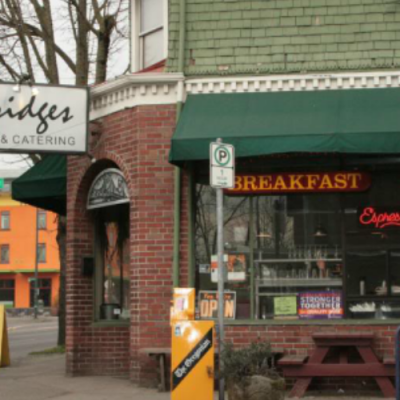
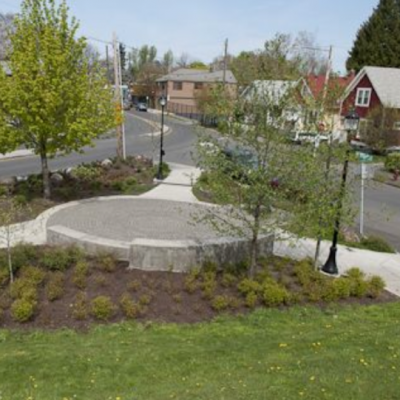
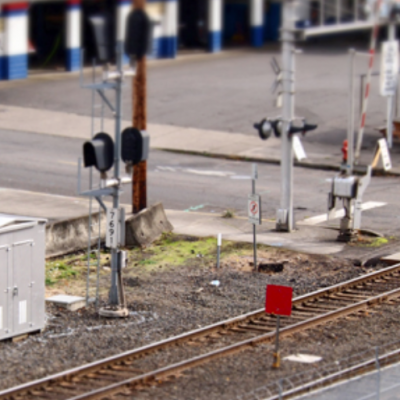

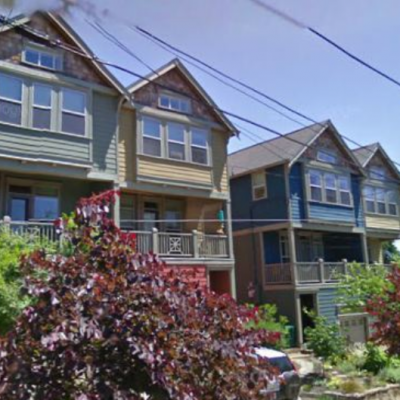
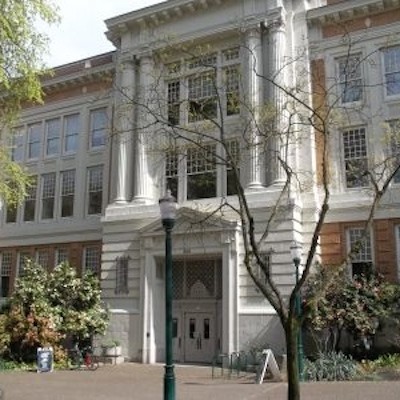
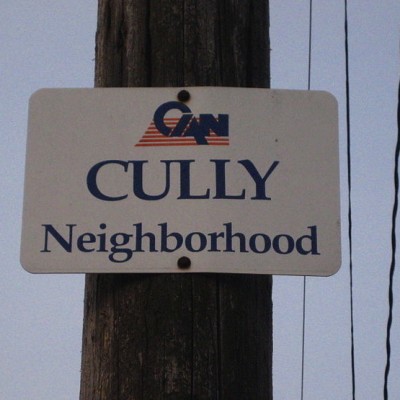
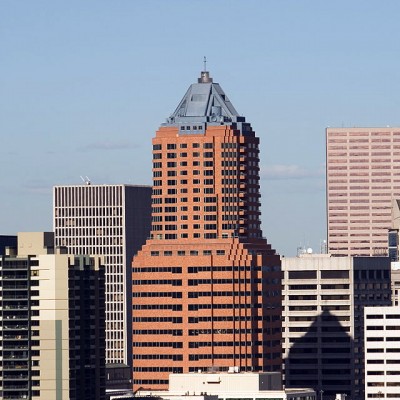
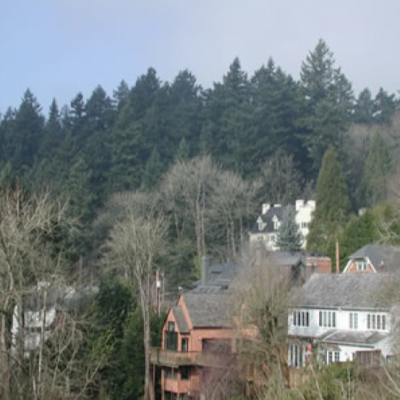


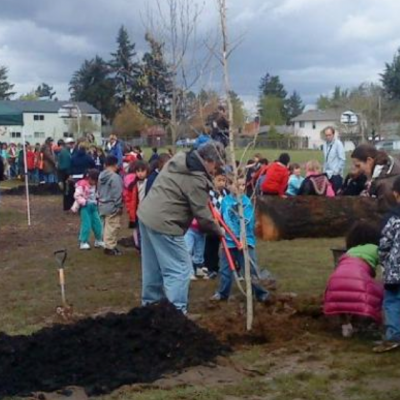
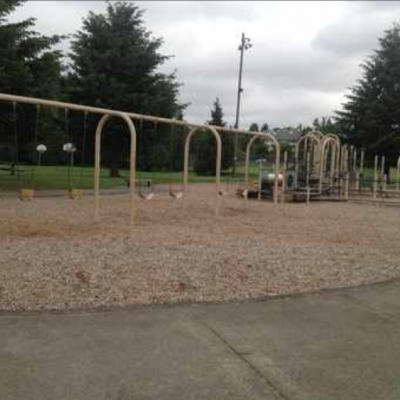
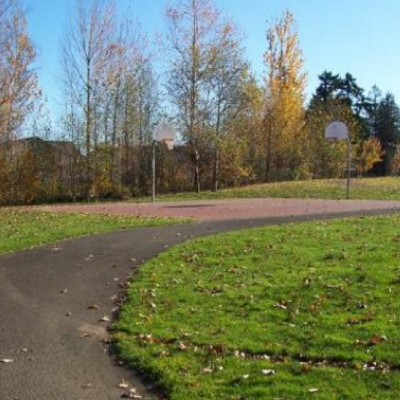
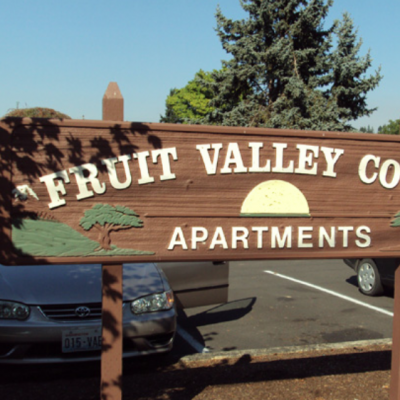


















 Delivered Free Every
Delivered Free Every
Follow us on Pinterest Google + Facebook Twitter See It Read It